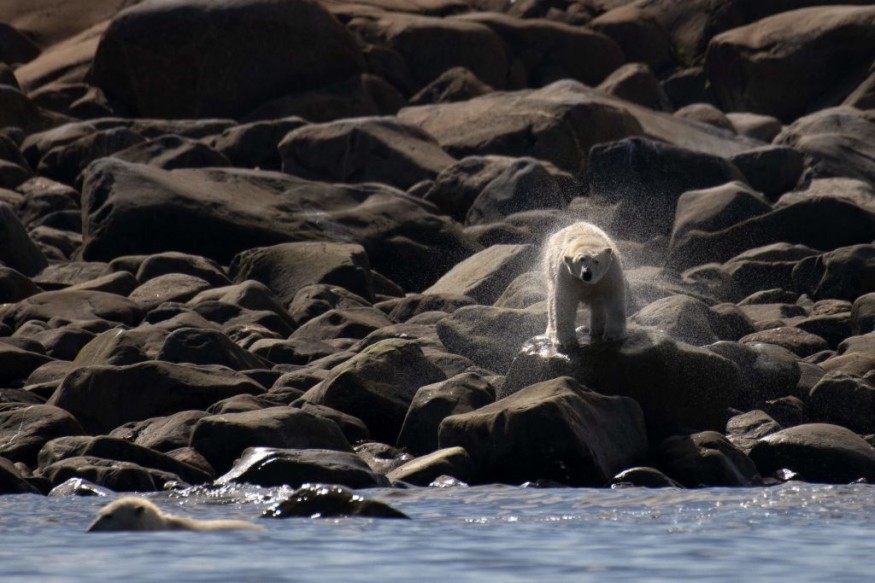Sea stars turned out to be the strongest competitor as top predators against polar bears in the Arctic peninsula, according to a new study.
Scientists asserted that the starfish are the benthic (animals and plants that live in the bottom of a body water) equivalents of the white bears across the pelagic realm.
In addition, the researchers said focus on the food web in the region is underappreciated in the past.
For the longest time, polar bears have been thought to be the apex predators along the Arctic coast, especially when it comes to hunting seal, walruses, dead beluga whales, and other animals.
While sea stars consume sea cucumber and detritus, which are pelagic dead organisms, their only difference with the land predators is the size of their prey.
Arctic Coast Top Predator

The study was published in the journal PNAS in late December 2022, where researchers examined a coastal marine ecosystem in the Canadian Arctic and found that components within the benthic zone's food web had been significantly ignored.
Before arriving with their conclusion regarding the predatory sea stars, the team created a detailed map of the different food chains around Southampton Island, located in the mouth of Hudson Bay and in the Nunavut territory of Canada.
The map found that the benthic part had many connections on its food chain similar to its pelagic counterpart, as summarized by Live Science.
Also Read: Consequences of Climate Change: Polar Bear Population Shrinking Due to Arctic Sea Ice Melt
Polar Bears
The polar bear (Ursus maritimus) is a bear species with a conservation status of "threatened" despite its title as the largest carnivorous land mammals on Earth.
They can grow approximately between seven to eight feet long.
Male polar bears are larger than their female counterparts since they can weigh over 1,700 pounds, which is 400 pounds larger than female polar bears, according to the National Wildlife Federation (NWF).
Due to their natural state of being large, U. maritimus needs to constantly eat prey, which also includes, the birds eiders, gulls, and murre.
However, the past several years saw the decline on the natural habitats of polar bears due to climate change and global warming, forcing some to flee away from their Arctic home and settle into or near human territories such as in Canada and Greenland.
What are Sea Stars?
The sea star (Asteroidea) is an invertebrate animal which can be found across the world's oceans, including the Arctic Ocean, Atlantic Ocean, Indian Ocean, Pacific Ocean, and Southern Ocean.
These invertebrates are related to echinoderms like sea urchins, sea cucumbers, and sand dollars, according to the National Aquarium.
Echinoderms are characterized by scientists as marine animals known for their hard, blunted covering or skin.
In other words, their spiny exoskeleton is visible.
Experts point out that echinoderms are a crucial part of the ocean food chain, since they also feast on seaweeds.
For a starfish, the star-shaped sea creature also consume sponge, in addition to the ones mentioned earlier.
© 2025 NatureWorldNews.com All rights reserved. Do not reproduce without permission.





